How Will AI Revolutionize Learning? It’s Mostly Up to Us
Summary
Artificial Intelligence (AI) is transforming education with advances in personalization, accessibility, and scalability. Yet, risks like algorithmic bias, data privacy concerns, and diminished critical thinking highlight the need for oversight. This article explores five promising AI applications in learning and presents four steps to harness its potential responsibly, ensuring technology enhances education for all.
Key insights:
AI’s transformative potential: AI has the potential to enable personalized learning, and make it more scalable and accessible across the world.
Major risks: Algorithmic biases, privacy and safety concerns, and an over-reliance on AI tools may derail its benefits.
Humans need to act responsibly: Ethical design, human oversight, and inclusivity must be prioritized to harness AI’s potential without harm.
Introduction
Artificial Intelligence (AI) is poised to revolutionize education, offering unprecedented opportunities for personalized learning and efficiency. However, the adoption of AI tools is marked by stark inequalities and polarized opinions. This is because while the potential for AI to revolutionize learning for the better is undoubtedly large, we still have a lot of groundwork to do before we can safely and equitably implement AI-enabled tools at scale. Through decisions we make today about educating users on the potential benefits and risks of AI, designing ethical frameworks, and rigorously evaluating impact before large-scale implementation, it is up to us, humans, how education will change.
In this article, we briefly summarize the state of AI in education today, and delve into the potential and benefits of five key promises of artificial intelligence in learning. Finally, we close with systemic recommendations for safe, high-impact, and equitable education enabled by AI.
The Current State of AI in Education
AI-enabled tools will undoubtedly shape the future of education but their design and implementation has sparked debate among educators, policymakers, and technologists. Thought leaders such as Sal Khan and Bill Gates are generally optimistic, while acknowledging that careful design and mitigating risks will be key to success. Experts at the Bill and Melinda Gates Foundation also call for rigorous design methodologies, ethics frameworks, and impact evaluation in order to ensure an equitable future that enables all learners to realize their potential. Researchers at the University of Pennsylvania share similar beliefs, urging for caution while recognizing AI’s enormous potential - there is a real risk that users will overly rely on AI technology, which may degrade learning and critical thinking.
When it comes to implementing AI-enabled solutions into education, the world is currently divided. While some institutions enthusiastically integrate technologies like Khanmigo to support student learning, others opt to ban AI outright, citing concerns about misuse and academic integrity. The disparity extends to higher education, where a global survey reveals that over 50% of students regularly use AI tools such as ChatGPT, Grammarly, or Gemini. For many students and educators, using these tools is a matter of choice. Yet, in underdeveloped regions with limited access to electricity and reliable internet, the lack of infrastructure strips away that choice, widening the educational divide and exacerbating global inequities.
While there is growing recognition that ultimately it is up to us, humans, how we incorporate AI into education, significant action is yet to be taken. In a recent meta-analysis of 200+ studies on the use of AI in education, researchers found that there is an overwhelming emphasis on the technology itself, with little attention paid to pedagogy, or learning design. This is like evaluating the performance of a cutting-edge sports car in a specific race without considering the driver. Beyond sound, evidence-based methodologies, we also need a general population with high AI literacy skills in order to benefit equitably from the benefits of emerging technology-enabled learning tools and systems. However, a recent report by Carnegie Learning found that only approximately one-fourth of teachers had received AI training and AI classroom guidelines are currently quite rare.
AI’s Biggest Promises for Education
AI-enabled tools have the potential to address systemic challenges in education, such as uneven access, outdated curricula, and large classroom sizes. However, its promise lies not just in efficiency but in reimagining how we facilitate learning and how we ensure equitable access - otherwise we run the risk of automating existing, ineffective practices. In the next section of the article, we delve deeper into five key areas of promise, including associated benefits and risks.
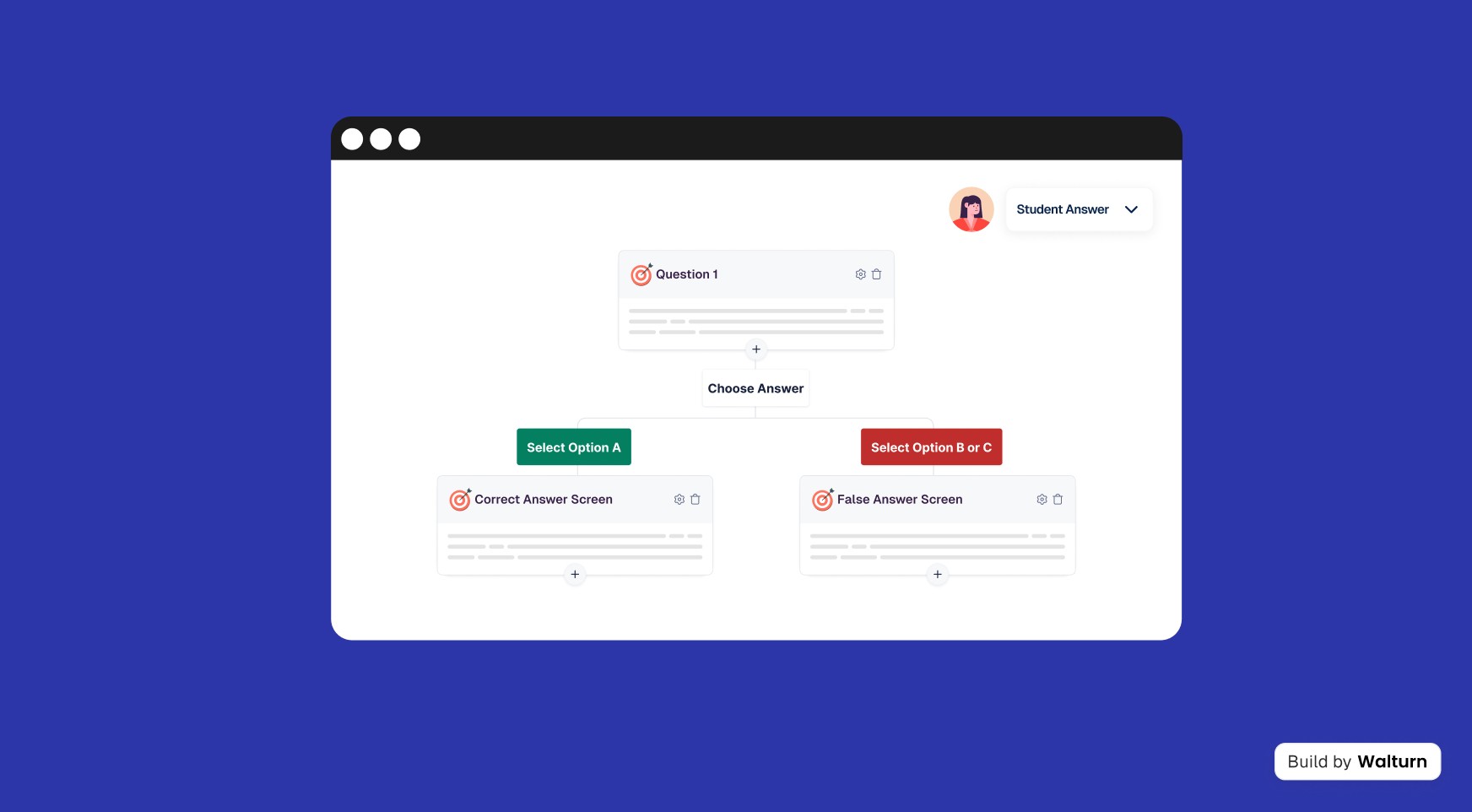
1. Personalization
Personalized learning environments adapt to individual student needs, providing customized lesson plans and pacing. For example, platforms like Knewton Alta and MATHia use AI to identify knowledge gaps and tailor content dynamically. This helps to address crucial gaps immediately and automatically, aiding effective learning and freeing up a lot of time for teachers.
Potential: Adaptive, personalized learning experiences allow us to meet learners where they are and to provide each learner with the support they need, at scale. With the thoughtful implementation of high-quality personalized, we take a large step toward leveling the playing field for different learners. Further, the loops, feedback, and challenges integrated into such learning can also provide a great opportunity for incorporating reflection and improving learners’ metacognitive skills.
Risks: While most would agree that meeting students where they are will benefit their learning, not all personalized learning is beneficial. If we personalize based on flawed or incomplete data, we run the risk of putting learners on a predetermined path that does not serve them. Further, we likely want to avoid over-personalizing content. Learning does not happen in isolation, but in complex ecosystems where fellow humans, including peers, facilitators, and teachers play a big part. If we put each and every learner on a unique path, it will be very hard to design and facilitate effective group activities or for teachers to keep track of each of their learners’ individual paths. This will ultimately hurt the overall learning process.
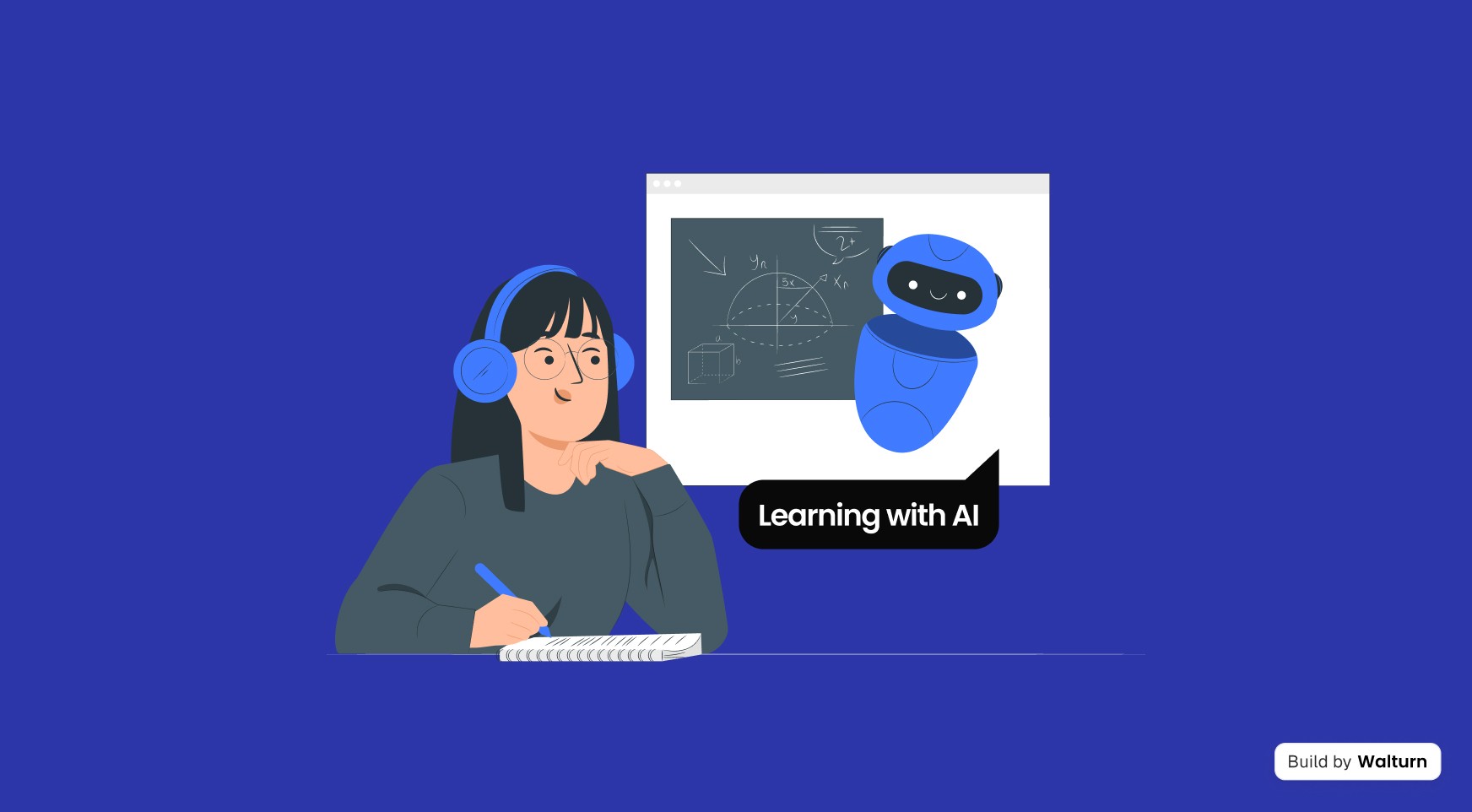
2. AI Tutors
Using AI tutors, such as Khanmigo are essentially a way to personalize a learning experience. They are able to have intelligent conversations with students, pick up on knowledge gaps, and ask the right guiding questions to help them get unstuck. They can become powerful tools in providing high-quality learning at scale and through their interactions with all kinds of different learners, we can also gain deeper insights into how humans from different backgrounds and of different neurological wiring learn best (of course, if this information is collected with the learner’s consent).
Potential: AI tutors can empower a broader array of students, including second language learners, learners with communication differences, and even those who are simply shy to reach out for help to improve their skills in a safe environment. Beyond helping learners, teachers can also benefit from AI companions that provide feedback and ask meaningful reflective questions.
Beyond the potential to effectively personalize learning, AI tutors can also help overcome logistical hurdles. Human coaches cannot be available 24/7, and require advanced scheduling. In an era of teacher shortages, this is a significant hurdle that AI can help us effectively overcome.
Risks: As in the case of most AI-enabled solutions, human oversight is critical when it comes to AI tutors. Effective prompt engineering and communication require lots of practice and strong metacognitive skills that most learners, especially younger ones lack. This makes it very hard for an AI algorithm to pick up on what exactly a learner is struggling with. The same goes for human tutors, however, with a more complex understanding of the students’ context, they are more likely to be able to course correct than their machine counterparts.
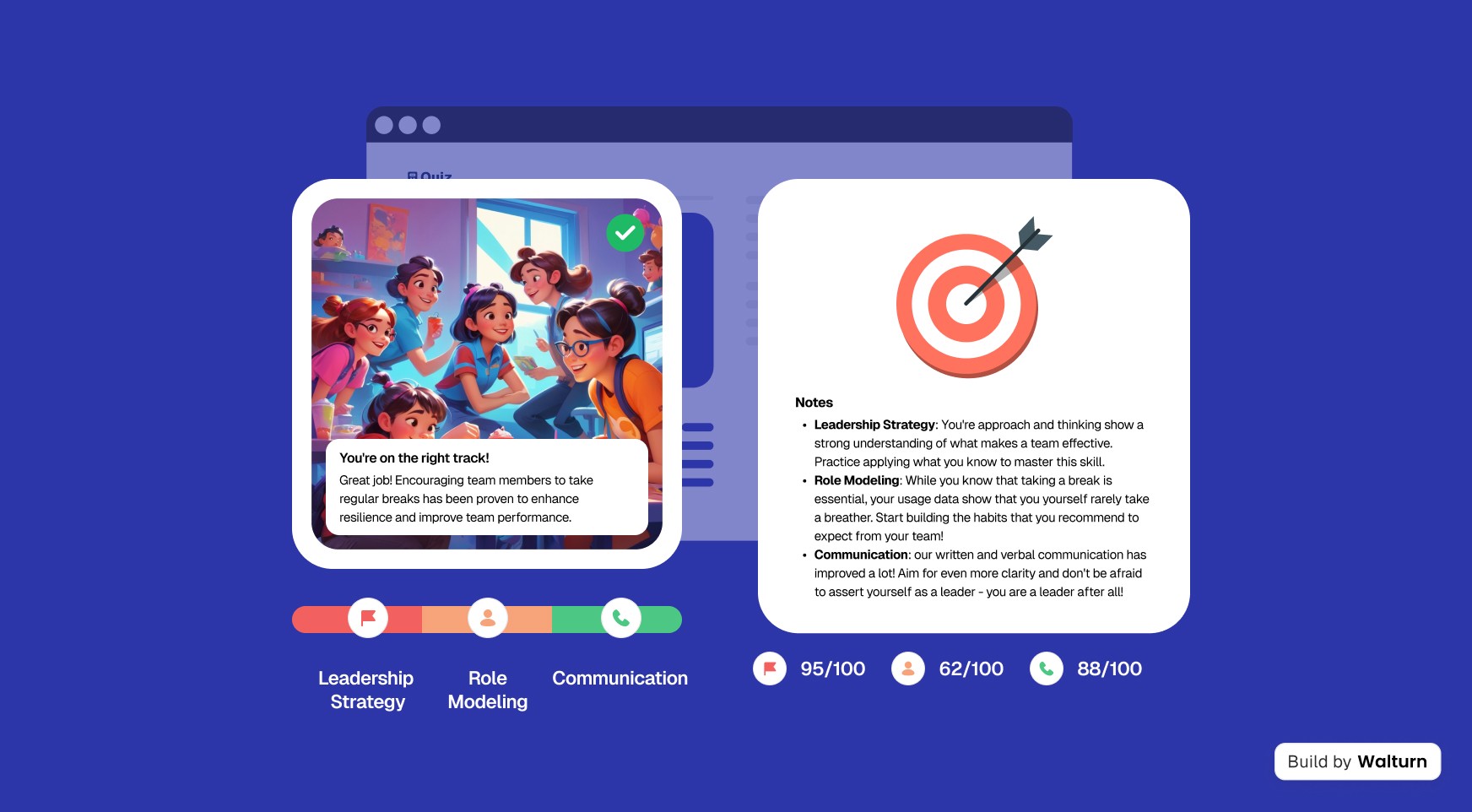
3. Skills Assessment
AI is revolutionizing how educators assess and support student learning. Tools like Gradescope automate grading and offer real-time, tailored feedback, enabling educators to identify learning gaps more effectively. Assessment tools can also be used in admissions and hiring processes with the promise of being able to gain a more accurate picture of candidates’ skills and aptitude. However, effective skills assessment requires expertise and validation — it is important to make sure that any AI assessment you implement adheres to crucial quality standards.
Potential: AI-powered assessments can reduce grading and evaluation bias, provide instant feedback, and support educators in identifying student needs more efficiently. This streamlines evaluation processes, freeing up valuable time for teachers and assessors to focus on more creative and higher-order tasks.
Risks: Despite their benefits, automated assessments may misinterpret unconventional or creative responses, penalizing innovative approaches that do not fit predefined parameters. Additionally, over-reliance on AI systems can reduce opportunities for empathetic, nuanced feedback that human educators provide. Ethical implementation, including regular audits of AI algorithms, is crucial to prevent systemic biases and errors from undermining learning outcomes and making important decisions about people’s advancement based on flawed data.
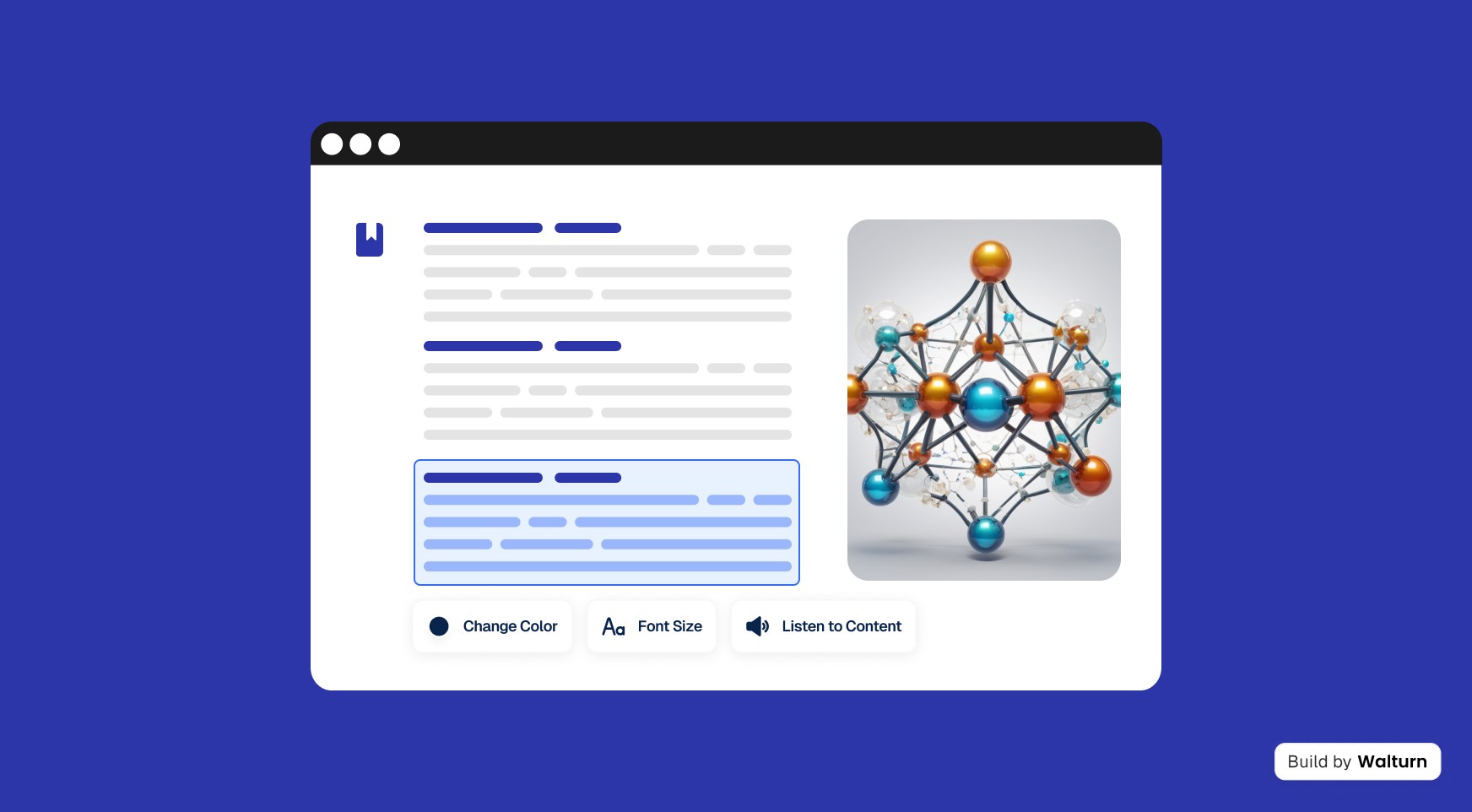
4. Accessibility
AI can help us provide equitable access to high-quality learning for students with disabilities and underserved communities. Tools like Texthelp’s text-to-speech software and Google Translate’s real-time language translation empower learners who face barriers in traditional classrooms, creating a more inclusive educational landscape. Assistive technologies can have a transformational impact on many lives but our relevant AI models and available applications are still in their infancy.
Potential: AI-enabled assistive technology and inclusive personalization features can help empower students with special needs. In traditional classrooms and workplaces, it is often challenging to keep up with and cater to the needs of learners with different physical and cognitive profiles, so such solutions can also ease the burden on teachers, parents, and colleagues who support students or team members with special needs. Assistive technologies reduce barriers, helping diverse learners actively participate in educational opportunities they might otherwise miss or not be able to fully benefit from. When thoughtfully implemented, such tools promote inclusivity and empower students from diverse backgrounds to succeed.
Risks: If not designed inclusively, AI tools risk perpetuating inequities. For instance, many accessibility applications overlook minority languages or regional dialects, leaving these learners further marginalized. Additionally, access to these technologies often depends on robust infrastructure. That underserved areas lack. Prioritizing inclusive design and funding is essential to ensure these tools benefit all learners rather than exacerbating existing divides.
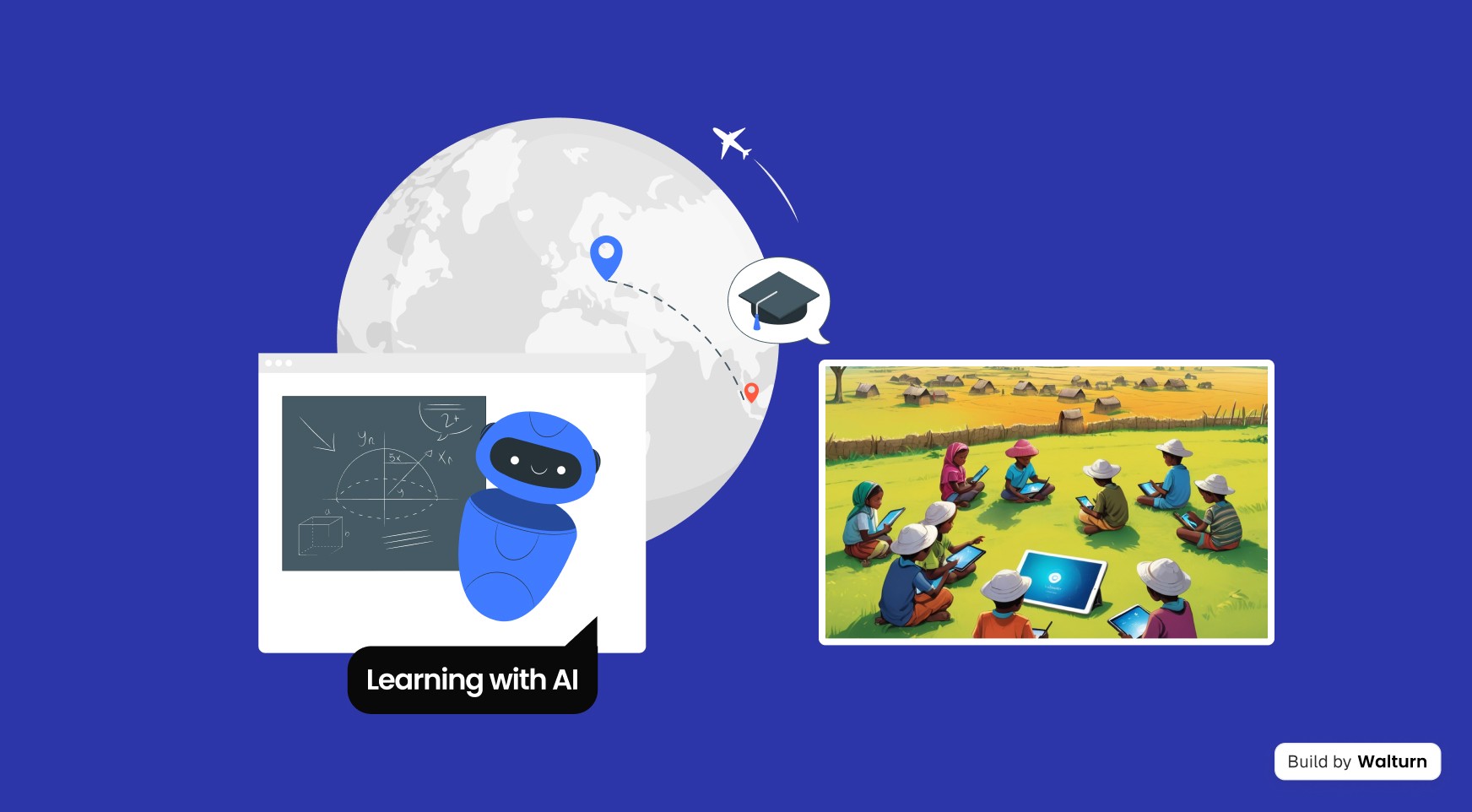
5. Scalable, High-Quality Education for All
Teacher shortages and inequitable access to education are pressing global challenges. According to UNESCO, the world needs 44 million more teachers to achieve universal education by 2030, especially in underserved regions. Further, 244 million children lack access to formal schooling, leaving significant gaps in educational equity. AI has the potential to help us close these gaps by offering scalable, high-quality learning solutions.
Potential: AI-powered platforms may allow educators to deliver high-quality learning experiences to their learners at scale. Tools like Knewton and Squirrel AI customize learning for diverse student needs while maintaining large-scale accessibility. In regions with limited resources, AI provides a cost-effective alternative to traditional teaching, expanding access to quality education.
Risks: Scaling education with AI can overlook local pedagogical practices and cultural AI models, often developed for Western markets. This means that such solutions may fail to address specific regional needs, limiting effectiveness. Additionally, reliance on AI risks devaluing the irreplaceable role of human educators, whose contextual and interpersonal skills are critical to holistic learning experiences. Balancing AI tools with localized content and educator involvement is essential to mitigate these risks.
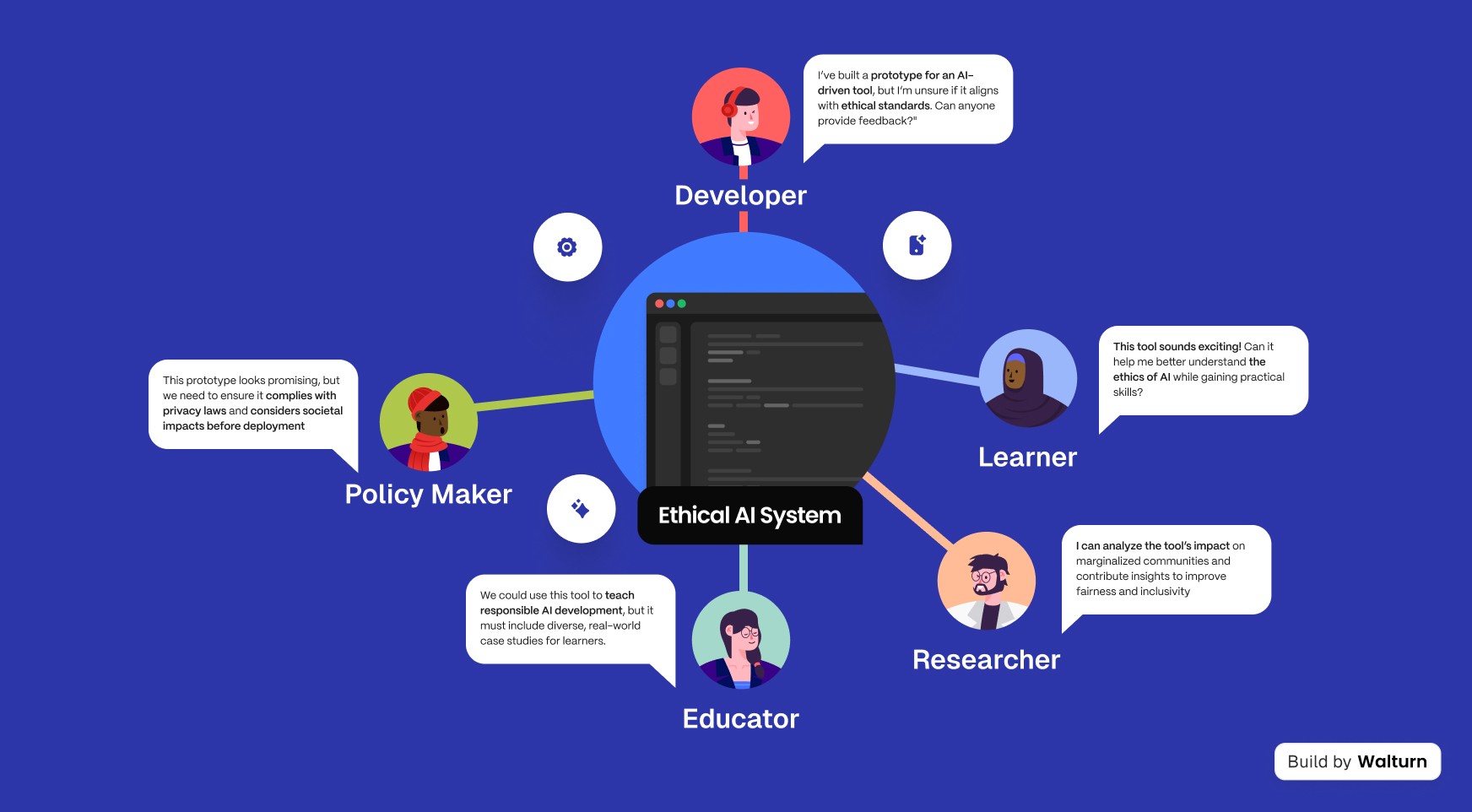
How Do We Realize AI’s Potential and Avoid the Risks?
As we have seen, AI has the potential to revolutionize learning and bring about much-needed change and a chance for equitable, high-quality learning for all. However, it is crucial to understand that AI is just a tool, and whether it will create positive change or harm largely depends on how we will use it. To ensure AI fulfills its promise in education, stakeholders must commit to:
Ethical AI Development by creating transparent and accountable AI systems
Digital Literacy by equipping students and teachers with the knowledge to critically evaluate and to effectively use AI tools
Inclusive Design by involving diverse voices in AI development to address biases and ensure that learning is accessible for learners of all physical and cognitive abilities, and neural wiring
Human Oversight by equipping educators with the necessary skills and agency to supervise AI decisions
Conclusion
AI has the potential to reshape education, making it more personalized, accessible, and scalable. However, without intentional and ethical design, these benefits could be outweighed by significant risks. The future of AI in education is not preordained—it is mostly up to us to shape it wisely.
Build AI-Enabled Solutions with Walturn
At Walturn, we can help you design AI tools that align with educational values. Our in-house education experts and product designers prioritize inclusivity, accessibility, and ethical practices. Contact us to learn how we can help create AI solutions that transform learning responsibly.
References
Basiouny, Angie. “Without Guardrails, Generative AI Can Harm Education.” Knowledge at Wharton, Knowledge@Wharton, 27 Aug. 2024, knowledge.wharton.upenn.edu/article/without-guardrails-generative-ai-can-harm-education/.
Bulger, Monica. Personalized Learning: The Conversations We’re Not Having the Promise of Personalized Learning. 22 July 2016.
CARNAGIE LEARNING. “The State of AI in Education Artificial Intelligence in Education 2024 Report.” Carnegielearning.com, 2024, discover.carnegielearning.com/ai-in-education?_gl=1. Accessed 22 Nov. 2024.
CARNEGIE LEARNING. “MATHia.” Carnegie Learning, www.carnegielearning.com/solutions/math/mathia/. Accessed 20 Nov. 2024.
Dogan, Murat Ertan, et al. “The Use of Artificial Intelligence (AI) in Online Learning and Distance Education Processes: A Systematic Review of Empirical Studies.” Applied Sciences, vol. 13, no. 5, 27 Feb. 2023, p. 3056, www.mdpi.com/2076-3417/13/5/3056, https://doi.org/10.3390/app13053056.
Firth-Butterfield, Kay, et al. “Without Universal AI Literacy, AI Will Fail Us.” World Economic Forum, 17 Mar. 2022, www.weforum.org/stories/2022/03/without-universal-ai-literacy-ai-will-fail-us/.
Gates, Bill. “My Trip to the Frontier of AI Education.” Gatesnotes.com, 9 July 2024, www.gatesnotes.com/My-trip-to-the-frontier-of-AI-education.
---. “The Age of AI Has Begun.” Gates Notes, 21 Mar. 2023, www.gatesnotes.com/The-Age-of-AI-Has-Begun.
Gradescope. “Gradescope | Save Time Grading.” Www.gradescope.com, www.gradescope.com. Accessed 21 Nov. 2024.
Graduate, Stanford. “Stanford Graduate School of Education.” Stanford GSE, 4 Nov. 2024, ed.stanford.edu/news/chatting-about-chatbots-how-ai-tools-can-support-teachers. Accessed 24 Nov. 2024.
Grassini, Simone. “Shaping the Future of Education: Exploring the Potential and Consequences of AI and Chatgpt in Educational Settings.” Education Sciences, vol. 13, no. 7, 7 July 2023, p. 692. MDPI, www.mdpi.com/2227-7102/13/7/692, https://doi.org/10.3390/educsci13070692.
Johnson, Arianna. “ChatGPT in Schools: Here’s Where It’s Banned—and How It Could Potentially Help Students.” Forbes, 18 Jan. 2023, www.forbes.com/sites/ariannajohnson/2023/01/18/chatgpt-in-schools-heres-where-its-banned-and-how-it-could-potentially-help-students/.
Kazmi, Asyia. “Can AI Transform Education to Ensure All Students Benefit?” Bill & Melinda Gates Foundation, Bill & Melinda Gates Foundation, 11 Sept. 2024, www.gatesfoundation.org/ideas/articles/ai-tools-education-technology.
Meszaros, Eszter. “Building Reflection into Your Learning Product.” Walturn.com, 14 Nov. 2024, www.walturn.com/insights/building-reflection-into-your-learning-product. Accessed 24 Nov. 2024.
Microsoft. “Khan Academy Founder Sal Khan on the Future of Learning.” YouTube, 4 Sept. 2024, www.youtube.com/watch?v=8Pg3yNyW4BU. Accessed 22 Nov. 2024.
MIT Horizon. “Ethics and AI-Powered Learning and Assessment | Open Learning.” Openlearning.mit.edu, 26 Apr. 2024, openlearning.mit.edu/news/ethics-and-ai-powered-learning-and-assessment.
Ronen, Ran. “Council Post: How Artificial General Intelligence Could Redefine Accessibility.” Forbes, 12 Aug. 2024, www.forbes.com/councils/forbesbusinesscouncil/2024/02/02/how-artificial-general-intelligence-could-redefine-accessibility/.
Rong, Hui, and Charlene Chun. “Digital Education Council Global AI Student Survey 2024.” Digitaleducationcouncil.com, 2 Aug. 2024, www.digitaleducationcouncil.com/post/digital-education-council-global-ai-student-survey-2024.
Texthelp. “Texthelp - World Leaders in Assistive Technology and Edtech Software.” Texthelp, www.texthelp.com. Accessed 20 Nov. 2024.
TOI Tech Desk. “Watch: Screenshots of How UK Parcel Delivery Company’s AI Chatbot Abused Customer.” The Times of India, Times Of India, 22 Jan. 2024, timesofindia.indiatimes.com/gadgets-news/how-uk-parcel-delivery-companys-ai-chatbot-abused-customer/articleshow/107053953.cms. Accessed 20 Nov. 2024.
UNESCO. Out-of-School Children and Educational Gaps Cost the Global Economy $10,000 Billion a Year (UNESCO). 17 June 2024.
---. “Use of AI in Education: Deciding on the Future We Want.” Unesco.org, 2024, www.unesco.org/en/articles/use-ai-education-deciding-future-we-want.
---. “World Teachers’ Day 2023: Tackling the Global Teacher Shortage.” Unesco.org, 6 Oct. 2023, www.unesco.org/en/articles/world-teachers-day-2023-tackling-global-teacher-shortage.





























